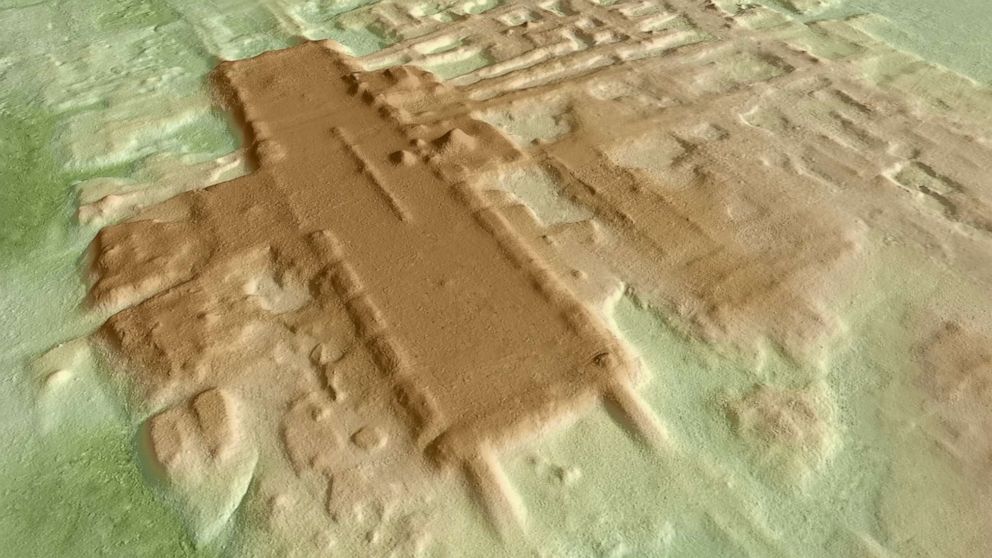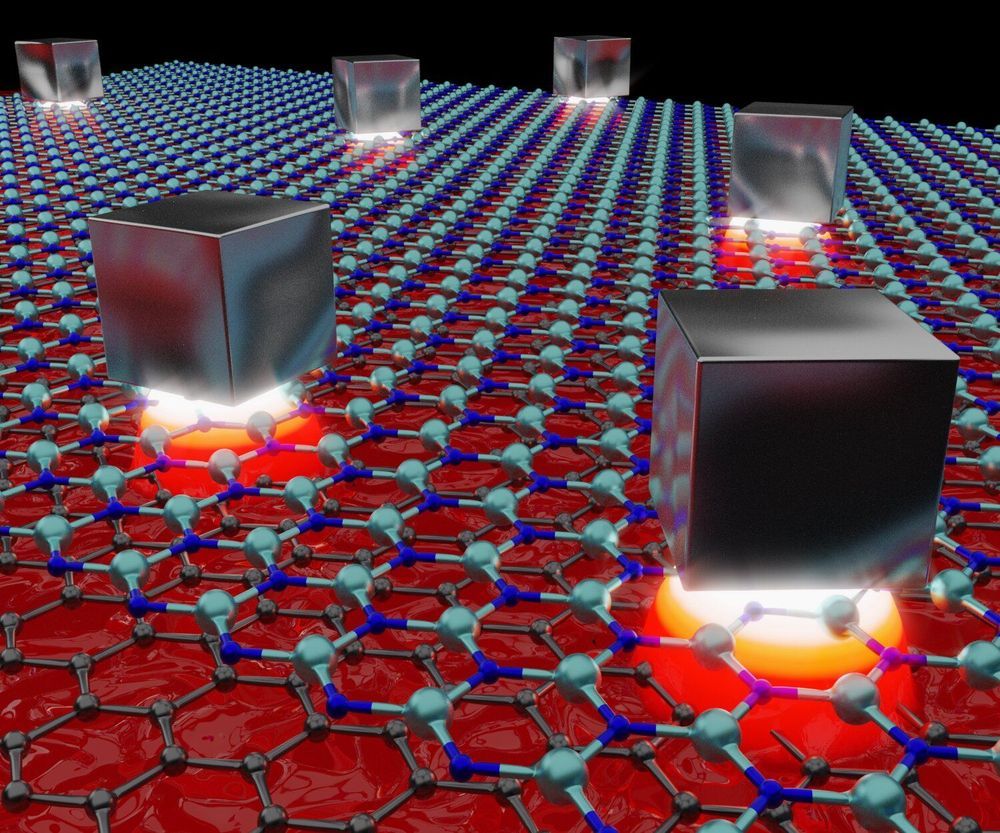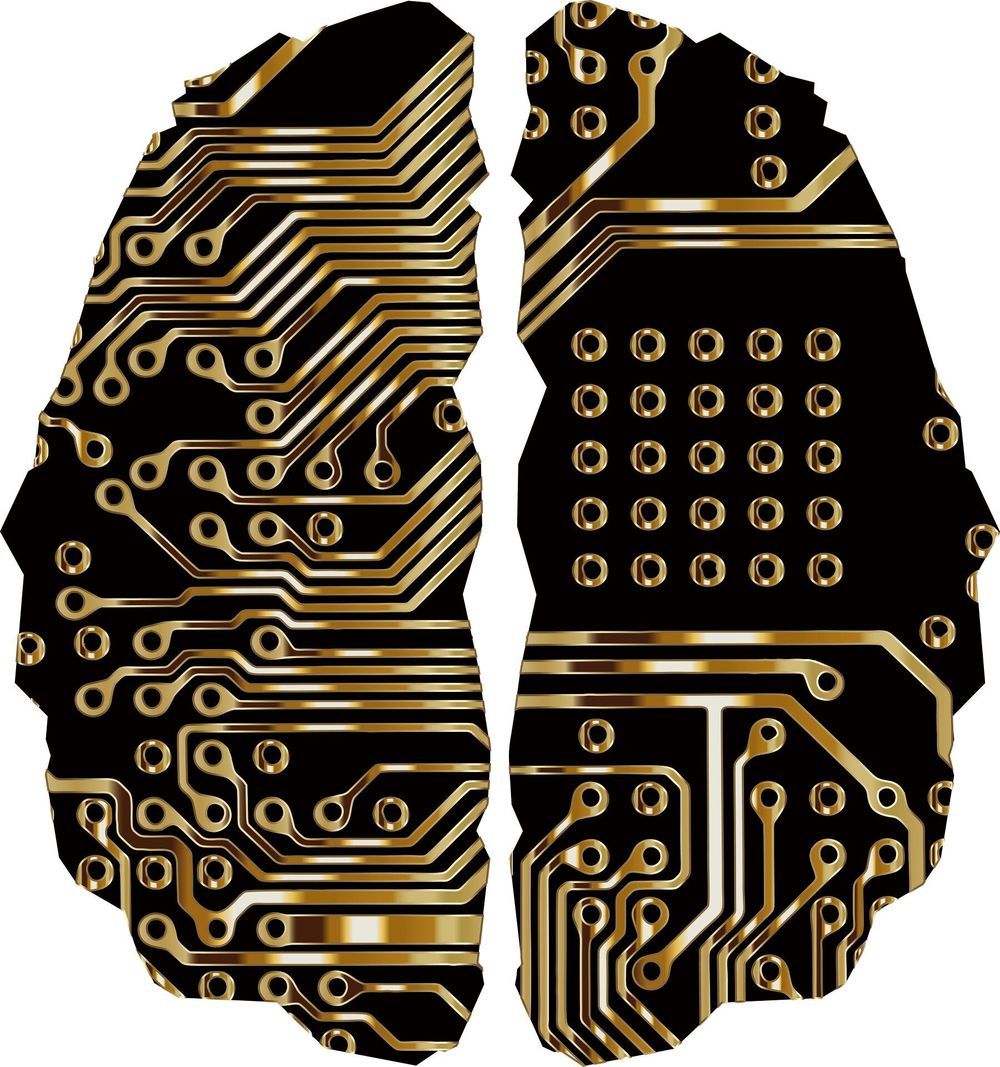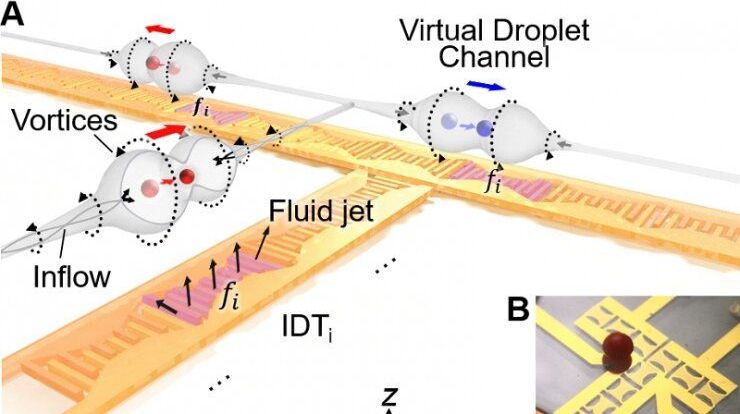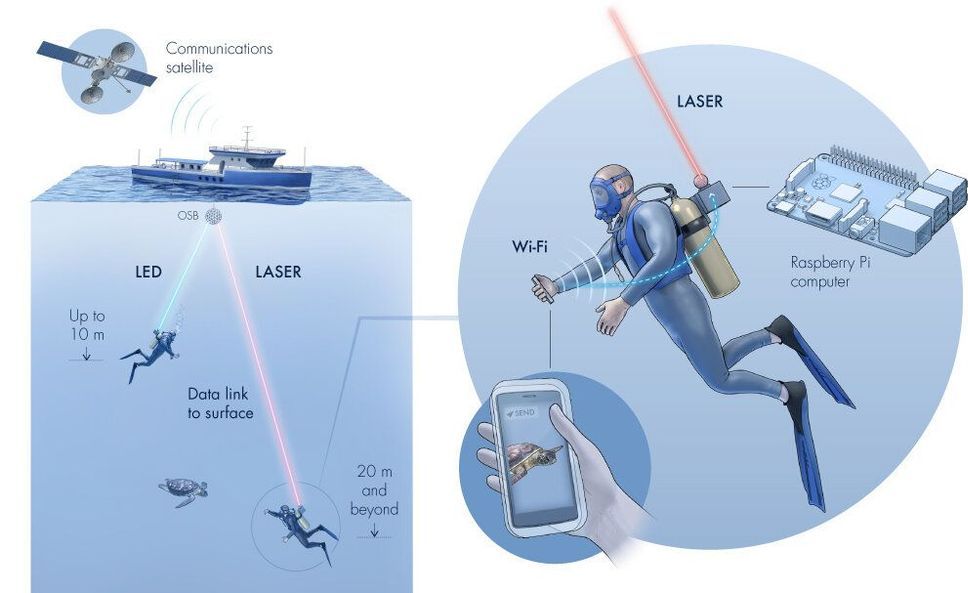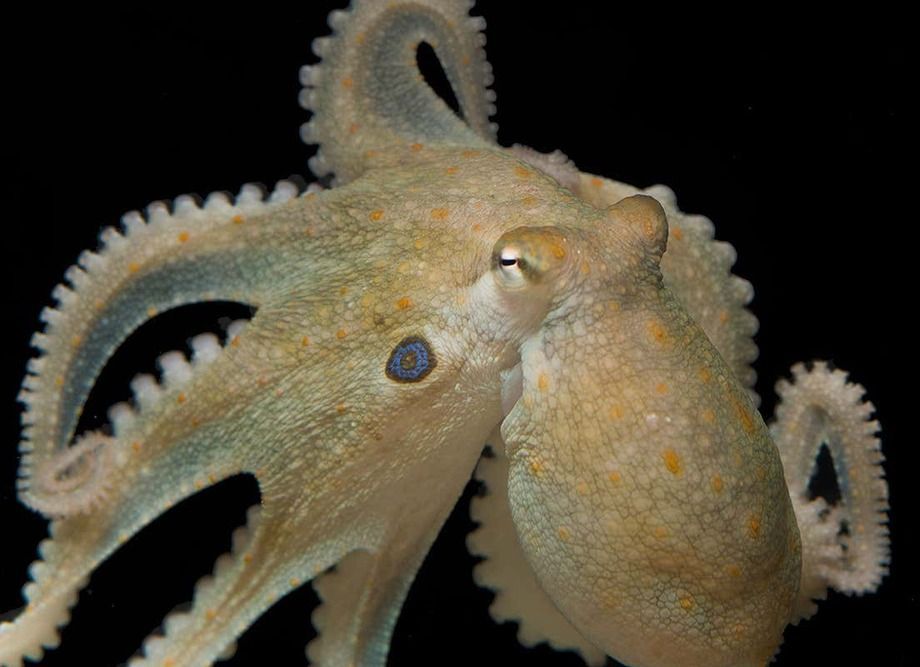Jun 11, 2020
Death and The Cloud: How to Grieve in the Digital Afterlife
Posted by Paul Battista in category: robotics/AI
Here are a few details that have remained more or less intact: J, when he was alive, had dark brown hair, large eyes, olive skin. He loved Proust and Fitzgerald, Marsalis and Bechet. Said things like “this too shall pass,” wrote them on rogue scraps of paper, and hid them in the bottoms of our backpacks.
Then, one morning, he was gone.
I tried to remember all of the details that constituted him, but my memory would not allow it. Instead, I saw a body vaulting through the sky, a bike clumsily skidding below, and I was furious with myself for not being able to imagine something else or, at the very least, remember more. Me, the keeper of a thousand notebooks. The guardian of a thousand pens. But The Cloud, my trusty companion, seemed to have stored all of him. And when grief took me, it preempted my needs like any good lover would; showed me parts of myself I didn’t know were there and parts of others I had almost completely forgotten—and because the bereaved and the writer in me were rattled in their obsessive need to remember, they both gave themselves over to it entirely.


